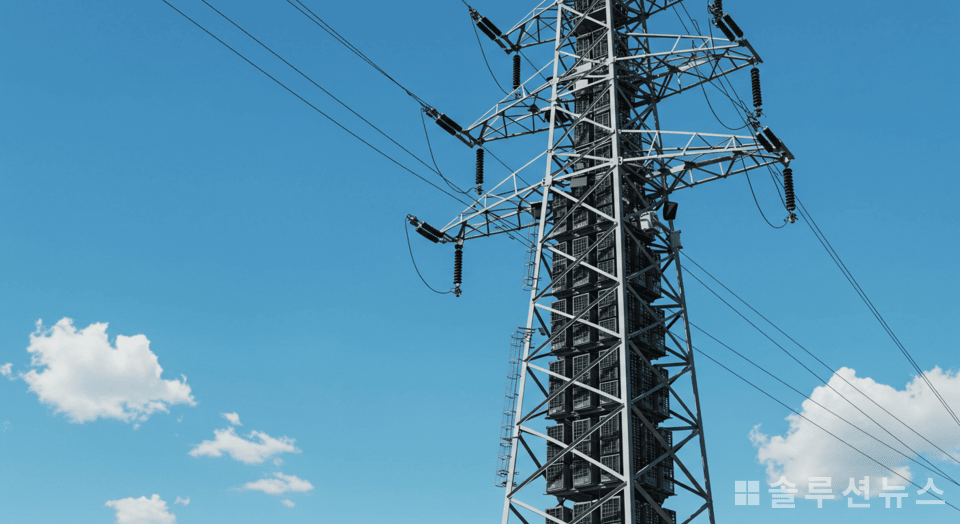
The explosive expansion of artificial intelligence (AI) technology is transforming the landscape of global electricity consumption. According to the latest report from the International Energy Agency (IEA), the global electricity demand of data centers is expected to increase from 415 terawatt-hours (TWh) annually in 2024 to over 945 TWh by 2030.
This increase is primarily driven by the proliferation of AI applications. The United States and China are expected to account for the largest portion, with data centers in the U.S. projected to account for nearly half of the total electricity demand increase by 2030. In Japan, this figure could exceed half, and Malaysia could account for up to 20%.
The electricity demand of AI-dedicated data centers is expected to grow more than fourfold during the same period. In developed countries, data centers are expected to account for more than 20% of the total increase in electricity demand. In the U.S., power needed for AI computations is projected to surpass that required for all other heavy industries combined, such as steel, cement, and chemicals.
This situation presents significant challenges for energy security and climate change response. If the electricity consumed by data centers is obtained from fossil fuels rather than clean energy, an increase in carbon emissions is inevitable. The IEA warns that the electricity consumption of data centers will exceed Japan’s total electricity consumption by 2030.
At the same time, AI technology holds potential for solving environmental issues, such as optimizing energy systems and reducing emissions. However, this requires concurrent strategies of developing energy-efficient AI models, designing sustainable data centers, and expanding renewable energy.
Experts propose a multifaceted approach that includes innovations in cooling technology, smart grids, and the decarbonization of electricity production. To ensure that the advancement of AI technology leads to sustainable development, transparent information on energy consumption and coordinated efforts between technological and policy realms are crucial.
The IEA suggests a dual strategy prioritizing both the improvement of energy efficiency in high-performance server equipment and the transition of power sources to renewable energy. Lightweight technologies and algorithm optimization for AI model training and inference efficiency are highlighted as major solutions.
Focusing on enhancing the efficiency of physical facilities from the design stage of data centers and establishing a regional-based renewal power procurement system are also drawing attention. The adoption of low-power, high-performance semiconductors and circulating cooling technologies is emerging as a key technology to simultaneously reduce power consumption and greenhouse gas emissions.
Ultimately, the growth of AI should serve as a driving force promoting carbon neutrality rather than hindering it, necessitating strategic collaboration between the tech industry and policy authorities.